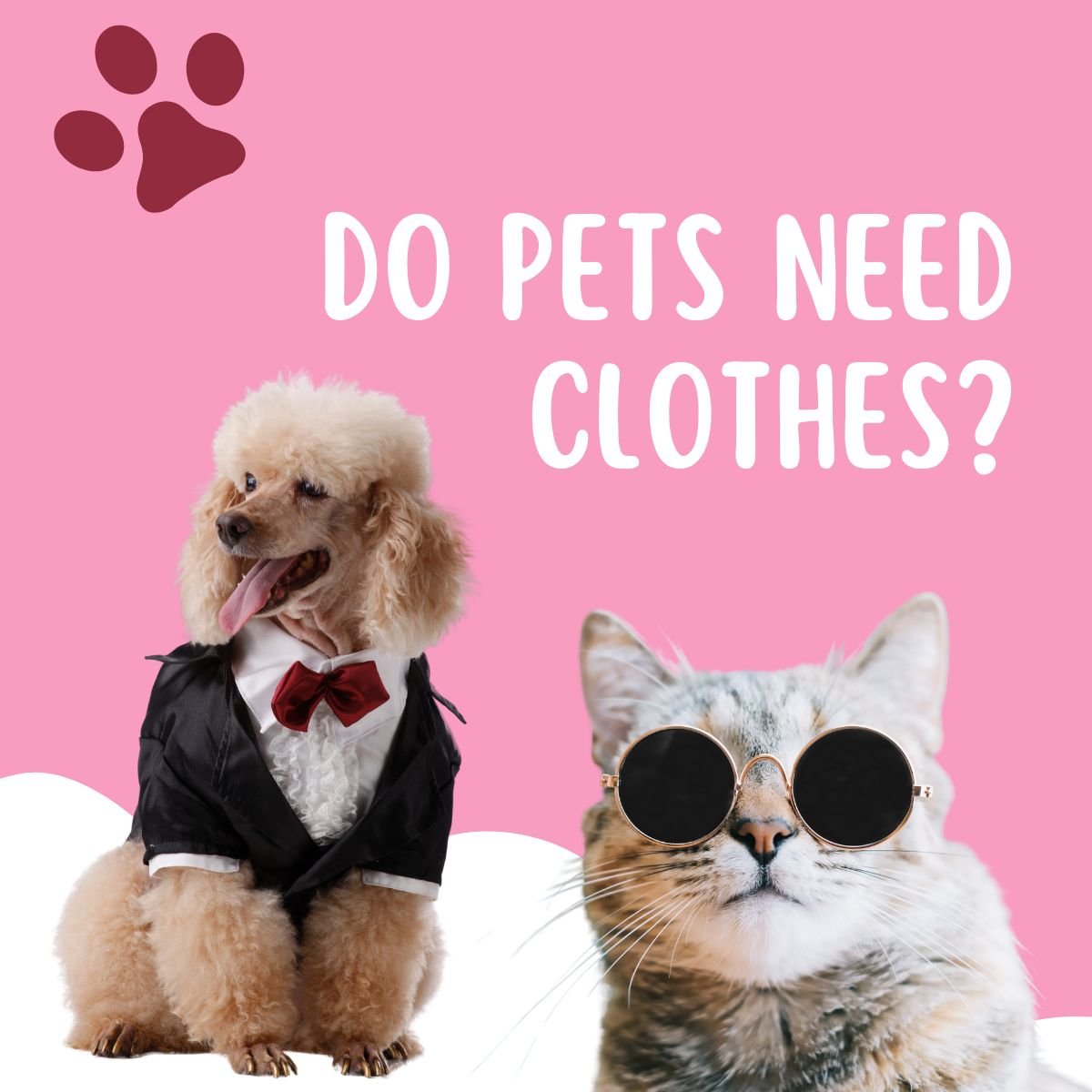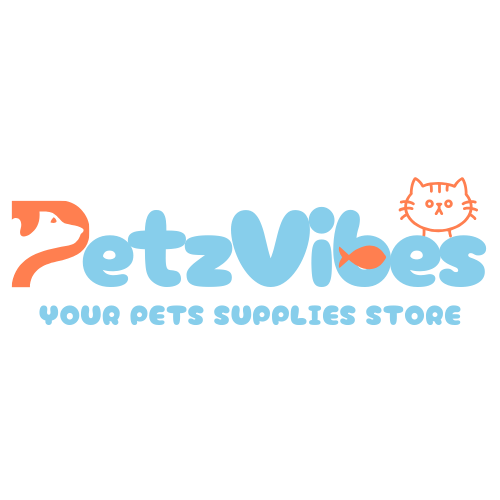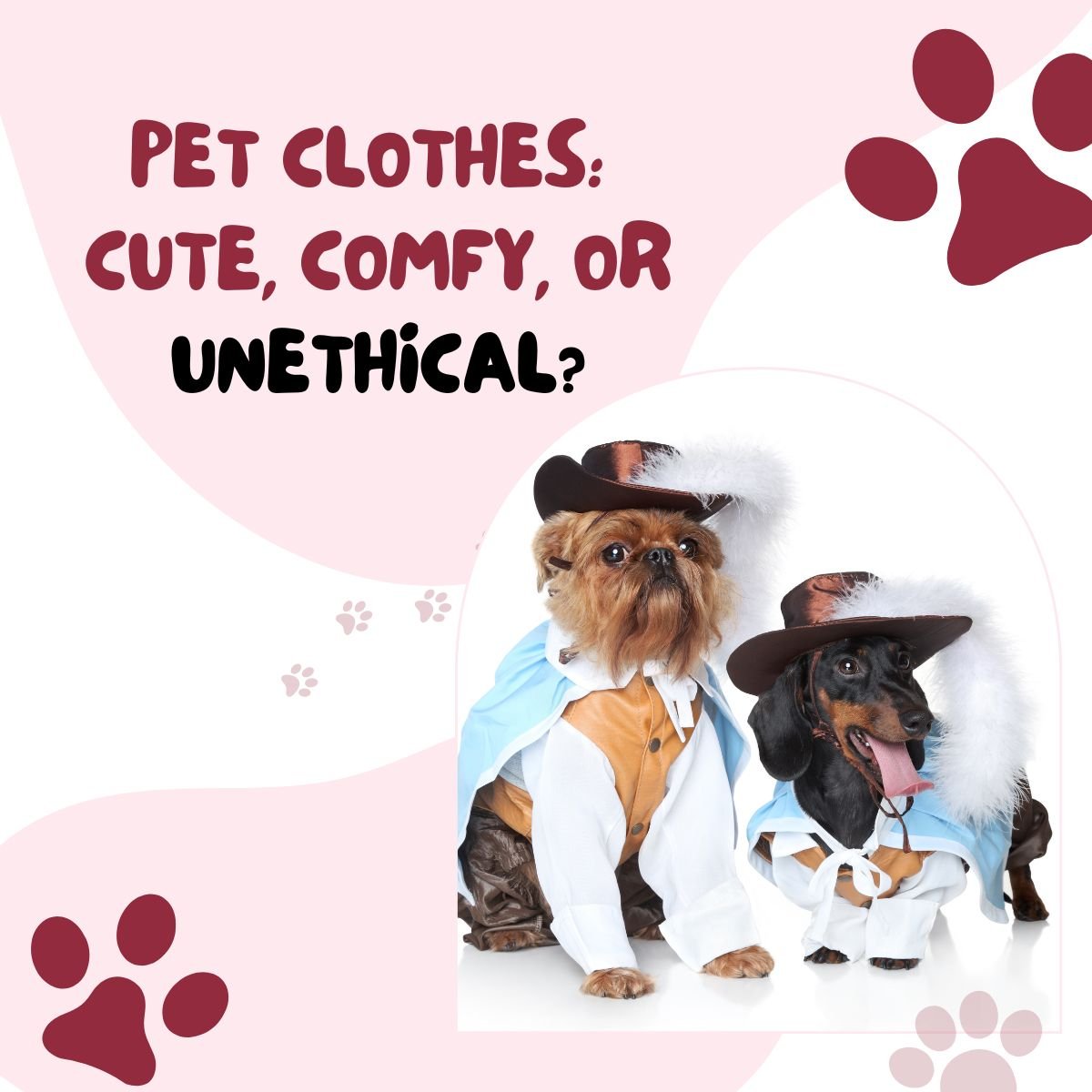Have you ever wondered if dressing your pet in designer clothes is the right thing to do? It’s an intriguing question that delves into the intersection of fashion, ethics, and animal welfare. With the increasing popularity of designer pet wear, it’s essential to consider the moral implications behind this trend. Is it purely a fashion statement, or are deeper ethical considerations at play?
The Rise of Designer Pet Clothes
In recent years, the pet fashion industry has exploded. Pets, particularly dogs, are often seen sporting everything from basic sweaters to elaborate costumes. The demand for high-end, designer pet clothes has grown significantly, fueled by celebrity influences and social media platforms showcasing pets in stylish outfits. Brands once exclusive to humans have expanded their lines to include pet attire, some of which comes with hefty price tags.
The Impact of Celebrity Culture
Celebrity pets, with social media followings that dwarf many human accounts, play a significant role in popularizing designer pet clothes. When influencers and celebrities expose their pets in luxurious apparel, it can drive consumer behavior towards adopting similar trends. This aspect of celebrity culture highlights the influence of social status and the desire for admiration, which often transcends into how pet owners perceive and treat their pets.
Social Media and Its Influence
Social media is a powerhouse in modern marketing, and pets have become stars in their own right. Platforms like Instagram showcase pets in meticulously curated wardrobes, making them relatable yet aspirational figures. Pet owners may feel inspired to replicate these styles, fueling the demand for fashionable pet clothes. However, this trend raises questions about authenticity and the pressure it creates on pet owners to view pets as extensions of their brand.
Understanding the Ethical Concerns
While many view dog sweaters or cat costumes as harmless fun, there are ethical issues worth considering. The primary concern is the well-being and comfort of the pets themselves. It’s crucial to ensure that fashion does not compromise the health or happiness of your furry companions.
Animal Comfort and Health
The comfort and health of your pet should always be the top priority. However, some designer clothes may not suit your pet’s needs. Materials that irritate the skin, restrictive designs that hinder movement, or excessive heat caused by unnecessary layers can all negatively impact an animal’s well-being. Therefore, evaluating whether the clothing is appropriate for your pet’s specific physiology and lifestyle is vital.
Psychological Effects on Pets
Another angle to consider is the psychological impact of dressing up your pet. Some animals are amenable to wearing clothes and accessories, while others may display signs of stress or discomfort. Observing your pet’s behavior can help determine whether dressing them is a delight or a burden.
The Fashion Industry and Animal Welfare
Understanding how the fashion industry operates regarding animal welfare is crucial. Not all brands prioritize humane practices, and it is essential to know where and how products are made.
Ethical Sourcing and Manufacturing
For a brand to be genuinely ethical, it should ensure its products are made with respect for animals and human workers. Ethical sourcing involves using sustainable materials and providing fair working conditions. Investigating a brand’s commitment to ethical practices can involve checking certifications or researching their supply chain transparency.
Animal Testing and Cruelty-Free Products
Another concern is whether the materials or processes involve animal testing or cruelty. Ethical brands often advocate for cruelty-free practices, ensuring their products do not contribute to animal exploitation. As consumers become more green-conscious, brands emphasize cruelty-free products, though thorough research is necessary to confirm these claims.
The Debate Over Necessity and Vanity
A recurring debate in designer pet clothes revolves around necessity and vanity. Are these clothes essential for the pet’s comfort and well-being, or are they merely an extension of human vanity?
Functional Apparel vs. Fashion Statements
Not all pet clothes serve as fashion statements. Some garments have functional purposes, such as coats for smaller dogs that get cold easily or rain jackets for those in wet climates. However, when clothing serves no functional purpose, it’s often seen as an expression of vanity.
| Purpose | Description | Examples |
|---|---|---|
| Functional | Meets the practical needs of the pet. | Coats, rain jackets, booties |
| Fashion | Intended to enhance appearance. | Dresses, costumes, hats |
Anthropomorphism in Pet Fashion
Anthropomorphism—attributing human characteristics to animals—plays a role in the popularity of designer pet clothes. Dressing pets like mini-humans or making fashion statements through extravagant outfits often involves projecting human desires or traits onto pets.
The Role of Consumer Responsibility

As a consumer, you wield the power to drive positive change or inadvertently support harmful practices. It’s essential to approach pet fashion with responsibility and awareness.
Making Informed Decisions
Before purchasing, consider the item’s necessity, ethical production, and how the clothing impacts your pet’s comfort. Research brands and choose those committed to transparency and ethical practices. Pet owners should adopt a thoughtful approach, balancing the desire for style with the imperative of their pet’s welfare.
Advocating for Ethical Practices
Consumer pressure can encourage brands to adopt ethical practices. Supporting companies dedicated to sustainability and humane treatment and voicing concerns to those who aren’t can lead to change in the industry. As more consumers demand ethical products, the industry will adapt.
Balancing Trends with Values
Finding the right balance between partaking in trends and adhering to personal values is critical in pet fashion.
Aligning Purchases with Beliefs
Evaluate what’s important to you when it comes to purchasing decisions. If animal welfare, sustainability, or minimizing environmental impact is a priority, ensure that your purchases reflect those values.
Being a Mindful Pet Owner
Being a mindful pet owner means prioritizing your pet’s welfare. While it’s okay to indulge in pet fashion, it shouldn’t come at the expense of your pet’s comfort or joy.
Conclusion
The ethical considerations surrounding designer pet clothes are multifaceted. While dressing up your pet can bring joy and foster bonding, evaluating the necessity and impact on your pet’s well-being is vital. In a world where fashion and ethics increasingly overlap, being informed and making considerate choices can help ensure that your love for fashion aligns with your love for your pet. By prioritizing ethical practices and balancing personal desires with responsible consumer habits, you can make choices that benefit your beloved pet and the broader community.






